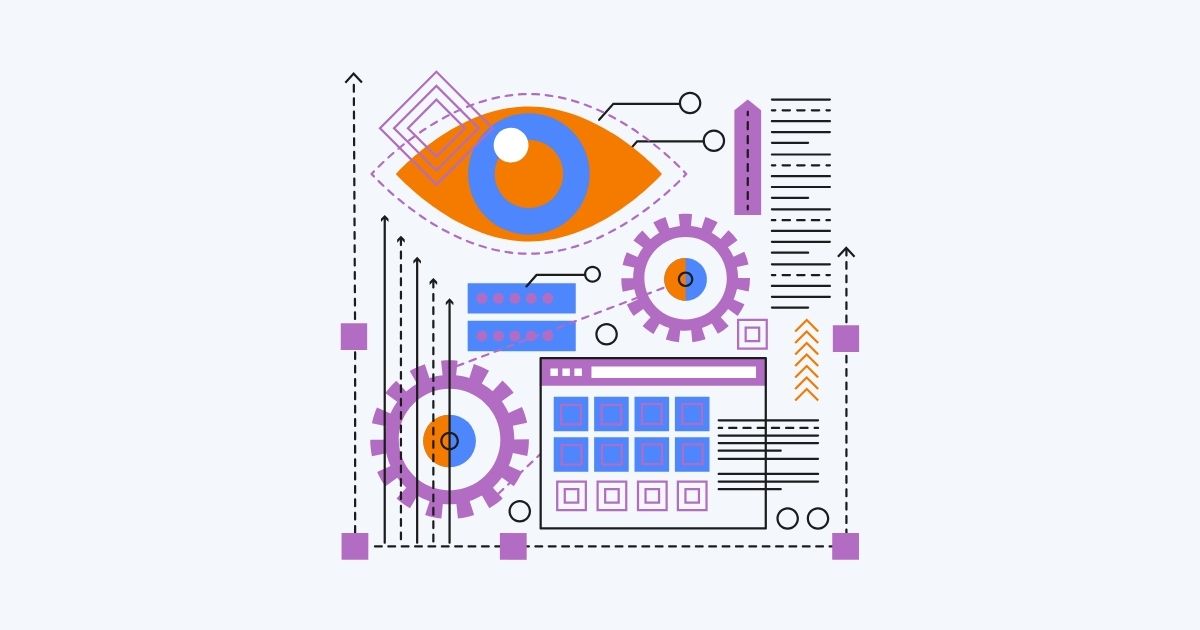Ever wondered how businesses stay ahead of customer needs, effortlessly navigating the ups and downs of demand?
The answer lies in call center forecasting, a key element shaping the world of top-notch customer service.
Ready to supercharge your service game with call center forecasting? It’s the go-to tool for operational precision and customer-centric success.
So, let’s dive into the nuts and bolts of call center forecasting.
What is a Call Center Forecasting?
Call center forecasting involves forecasting future volumes through channels such as chat and email.
At its core, it is a systematic method for forecasting future customer interactions and service requirements.
It employs predictive algorithms that analyze historical data and consider variables such as:
- Seasonality
- Promotions
- And industry trends
It empowers businesses to anticipate and navigate customer demands with precision, ensuring a proactive approach to service delivery.
The purpose of this forecasting is to optimize resources, ensure efficiency, and maintain an adequate number of agents.
Contact Center Forecasting Models
Time Series Forecasting
Time Series Forecasting analysis of historical data, helping businesses anticipate future call volumes.
By understanding seasonal trends and past fluctuations, organizations gain a strategic edge in resource planning and operational efficiency.
Machine Learning and AI
Utilizing sophisticated algorithms and data analysis, these techniques generate precise predictions. These models excel in processing vast amounts of data and adjusting to evolving dynamics.
Continuously learning from new data, these models enhance accuracy over time, making them ideal for dynamic customer service environments.
Their ability to grasp intricate patterns elevates forecasting to a realm of unprecedented precision.
Furthermore, incorporating diverse variables enhances the accuracy of predictions, allowing for clearer and more insightful forecasting.
Erlang C Model
The Erlang C Model applies mathematical precision to staffing optimization.
By factoring in variables like call arrival rates, agent numbers, and average handling times, it ensures that call centers allocate resources efficiently for call center traffic.
This model is the key to minimizing customer wait times and maximizing overall service quality.
Workload Distribution
Workload Distribution focuses on maintaining operational efficiency by evenly assigning tasks among representatives.
This model ensures that the right number of agents with appropriate skills is available. This not only prevents bottlenecks but also fosters a seamless customer experience.
A well-distributed workload contributes significantly to both customer satisfaction and employee productivity.
By leveraging historical insights, cutting-edge AI capabilities, and strategic workload distribution, you can shape a future of operational excellence.
Benefits of Call Center Volume Forecasting
Let’s explore how this forecasting practice becomes a catalyst for success:
Resource Optimization
- Accurate forecasts empower organizations to allocate staffing resources optimally. You can prevent understaffing during peak periods and minimize excess capacity during lulls.
- By aligning staffing levels with anticipated call volumes, businesses can control labor costs and avoid unnecessary expenses.
Improved Customer Experience
- Anticipating peaks in call volumes allows for proactive resource allocation, minimizing wait times and ensuring customers receive timely assistance.
- It ensures there are a sufficient number of representatives available in your call center for incoming calls, thereby guaranteeing customer satisfaction.
Strategic Planning
- With accurate forecasts, you can make informed decisions regarding process improvements, technology investments, and customer service strategies.
- Armed with foresight, you can adapt your operations to align with changing customer behaviors and market trends.
Financial Stability
- Accurate forecasting prevents overstaffing or understaffing, mitigating financial losses associated with inefficient resource allocation.
- You can establish precise budgets by aligning staffing costs with forecasted call volumes, fostering financial stability.
Employee Satisfaction
- Adequate staffing levels reduce the stress on agents, allowing them to handle customer interactions more effectively.
- A well-managed workload contributes to a positive work environment, boosting employee morale and motivation.
Step by Step Guide To Call Center Forecasting
Here’s a step-by-step guide, providing a roadmap to precision and efficiency for you.
Step 1: Gathering and Analyzing Data
Begin your forecasting expedition by strategically collecting and analyzing data.
Identify relevant sources, and explore historical call data, the intricate patterns and trends within call volumes.
Step 2: Employing Forecasting Model
Search the diverse realm of forecasting methods and models.
Discover the methodologies that align with your unique needs, setting the foundation for accurate predictions and efficient resource allocation.
Step 3: Assessing Forecasting Accuracy
Boost your forecasting game by evaluating accuracy metrics.
Establish a continuous loop for tracking and assessing performance, ensuring your forecasts remain finely tuned and aligned with operational goals.
Step 5: Putting the Forecast into Action
Translate your forecast into actionable strategies.
Understand workforce requirements, craft staffing schedules aligned with forecasts, and master the art of real-time resource allocation and capacity planning.
Step 6: Ongoing Improvement and Adaptation
Embrace a culture of continuous improvement.
Regularly evaluate forecast accuracy, pinpoint areas for enhancement, and perpetually refine your forecasting model to stay ahead in the dynamic call center environment.
Closing Thoughts
As we culminate our exploration, the profound impact of this systematic approach on operational excellence becomes increasingly evident.
The relevance of predictive algorithms with historical data propels organizations to anticipate and strategically address customer interactions and service requirements.
The reverberations of these methodologies extend across critical areas such as:
- Resource optimization
- Heightened customer satisfaction
- Strategic planning
- Financial stability, and much more
Yet, this isn’t a conclusion—it’s an invitation to an ongoing journey of improvement, adaptation, and pursuit of excellence.
And one final point: you need a robust partner for these invaluable predictions.
Join the world of Call Center Studio—a 100% cloud-based solution, and full of innovative features. Be prepared today for what tomorrow holds.






